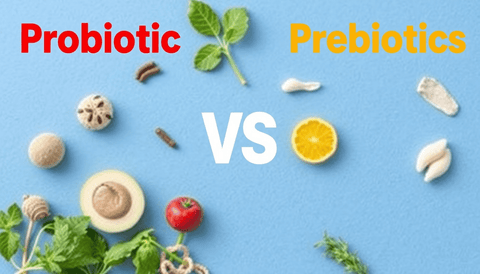Probiotics vs Prebiotics: uncovering the clear difference between these terms helps cut through the jargon that surrounds gut microbiome discussions. In plain terms, probiotics are live microorganisms that may be present in certain preparations, whereas prebiotics are substances that resist digestion by the human host and are instead utilized by gut microbes. This framing highlights the central difference between probiotics and prebiotics: one concerns living agents, the other concerns substrates that feed microbial communities. The difference between probiotics and prebiotics is a foundational distinction when evaluating research and product information, because it sets expectations about what is being delivered or provided to the microbial ecosystem. From a mechanistic perspective, probiotics refer to living organisms that can be identified at the species and strain level and are included in formats intended to preserve viability until use. Prebiotics, by contrast, are typically non-digestible carbohydrates or related substrates that pass through the upper digestive tract and become available to certain microbial groups in the lower gut. Some substances can share features of both categories, and there are product concepts that combine them, sometimes called synbiotics. Understanding the distinction between probiotics and prebiotics helps readers interpret labeling, research results, and the aims of different interventions without conflating the two categories. When evaluating options, focus on labeling and study details rather than general claims. If a product or study lists a live microorganism with a precise taxonomic designation and a stated viability window, you are looking at a probiotic element; if the listing specifies a fermentable substrate or non-digestible carbohydrate described as a prebiotic, you are looking at a prebiotic element. For science-based interpretation, consider the specifics of the research design: the particular strain or substrate studied, the dose or concentration used, and the characteristics of the study population, since results can vary across contexts. Also note regulatory and quality-control considerations that affect how information is presented and how products are manufactured or tested. Taken together, the difference between probiotics and prebiotics hinges on what is delivered: a live microorganism versus a substrate that feeds certain microbes. When choosing between categories, rely on precise labeling, current scientific context, and professional guidance as needed. By keeping the distinction in mind—difference between probiotics and prebiotics—you can approach information about these terms with a clear framework and avoid conflating categories in discussions or decision-making.

